
Greater Sand-Plover
Anarhynchus leschenaultii



Anarhynchus leschenaultii


The greater sand plover is an elegant visitor to New Zealand's shores, making its way from breeding grounds in Central Asia. About the size of a blackbird but with longer legs, this wader brings a touch of exotic charm to our coastal areas. Its annual journey to our beaches makes it a thrilling sight for birdwatchers.
1. Breeding plumage shows chestnut breast and forehead, while non-breeding is duller
2. Thick, dark bill that's longer than other similar plovers
3. Distinctive white eyebrow and dark eye-stripe, creating a 'masked' look
Greater sand plovers are long-distance migrants, breeding in semi-desert areas of Central Asia before journeying to New Zealand. They're known for their unique foraging technique, running then pausing to spot prey before pecking. While they don't breed here, their presence in New Zealand is crucial for their survival. Habitat loss along their migration route poses a significant threat to their population.
Look for greater sand plovers on sandy beaches and estuaries around New Zealand, particularly in the North Island. They're most active during daylight hours, especially at low tide when feeding opportunities are best. Watch for their characteristic run-pause-peck feeding behavior on open beaches. Tip: Scan mixed flocks of waders carefully – greater sand plovers often mingle with other species but stand out due to their larger size and distinctive bill.
Greater sand plovers have been visiting New Zealand's shores for centuries, playing a part in the annual rhythm of coastal ecosystems. While not deeply embedded in Māori culture like some native birds, their predictable arrival marks the changing seasons and adds to the diversity of New Zealand's birdlife.
24 cm
90 g
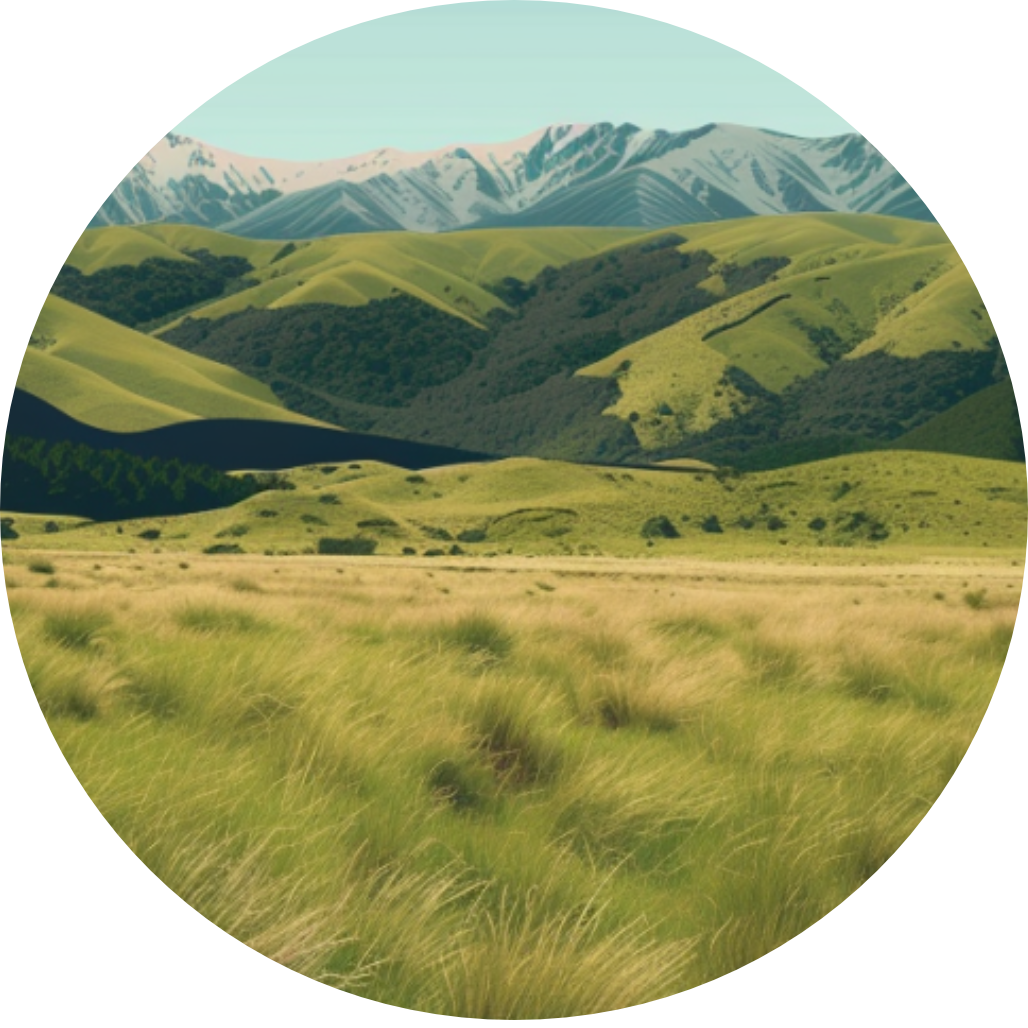
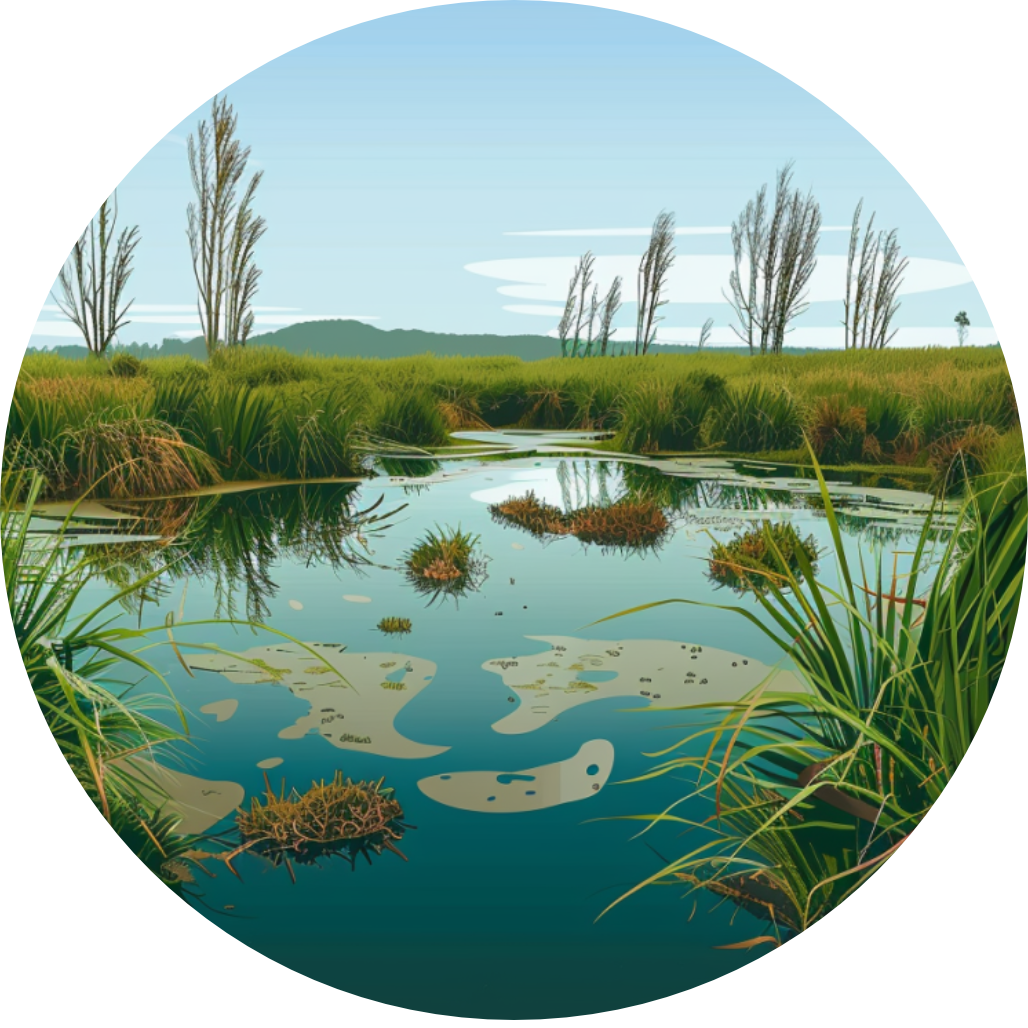
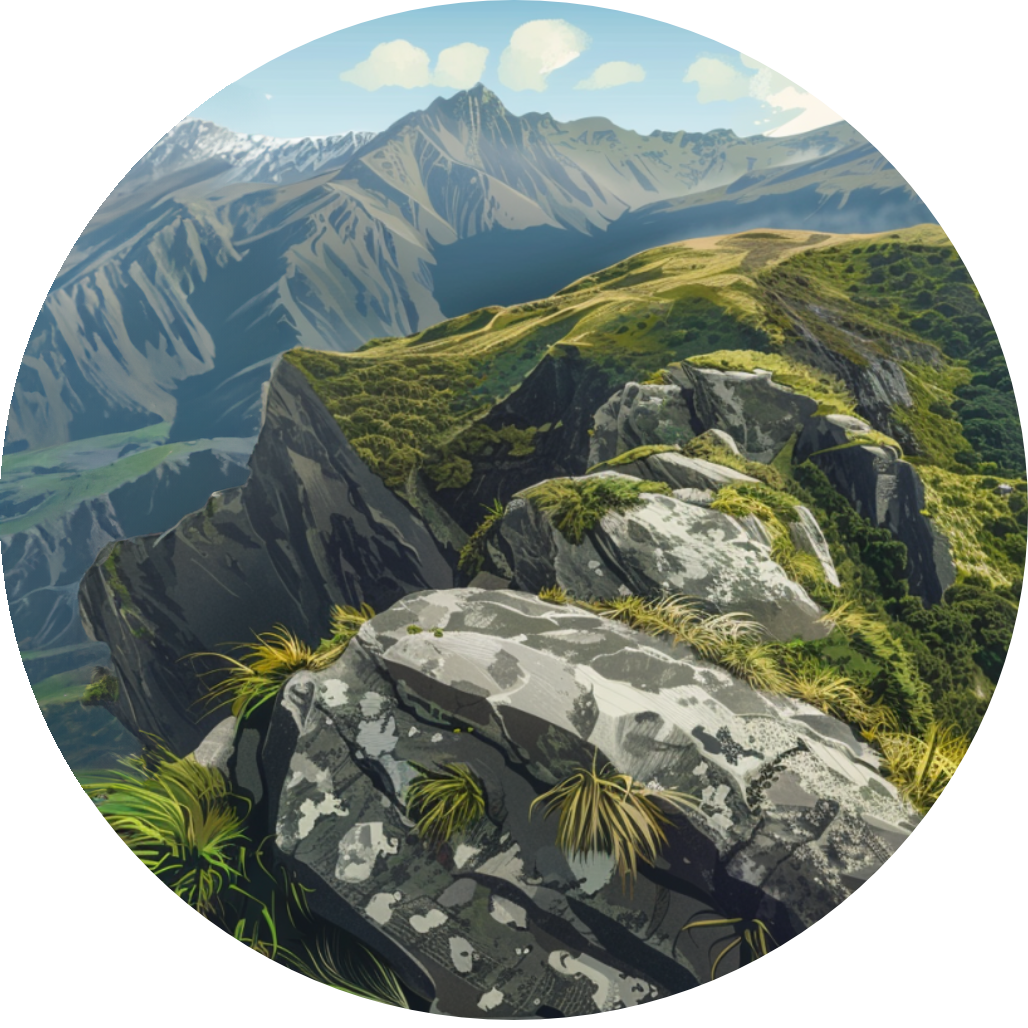
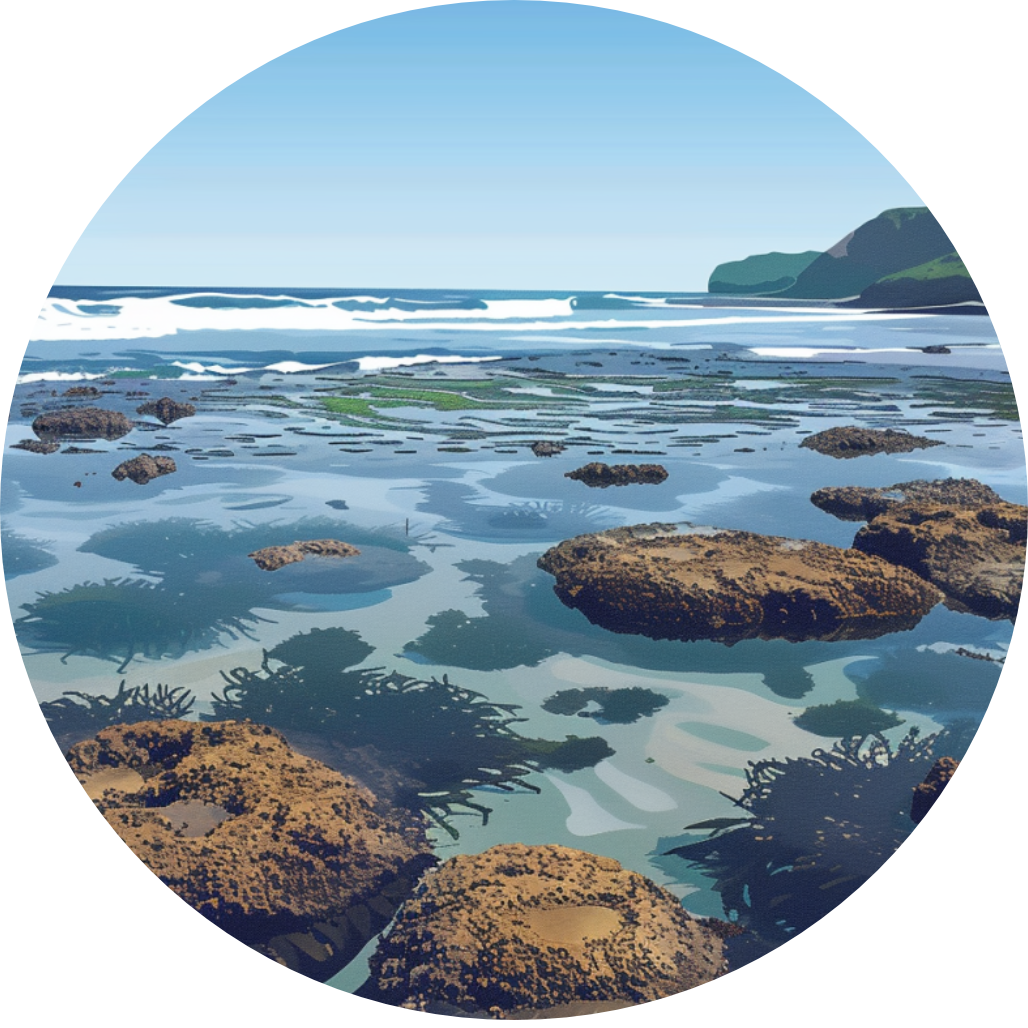
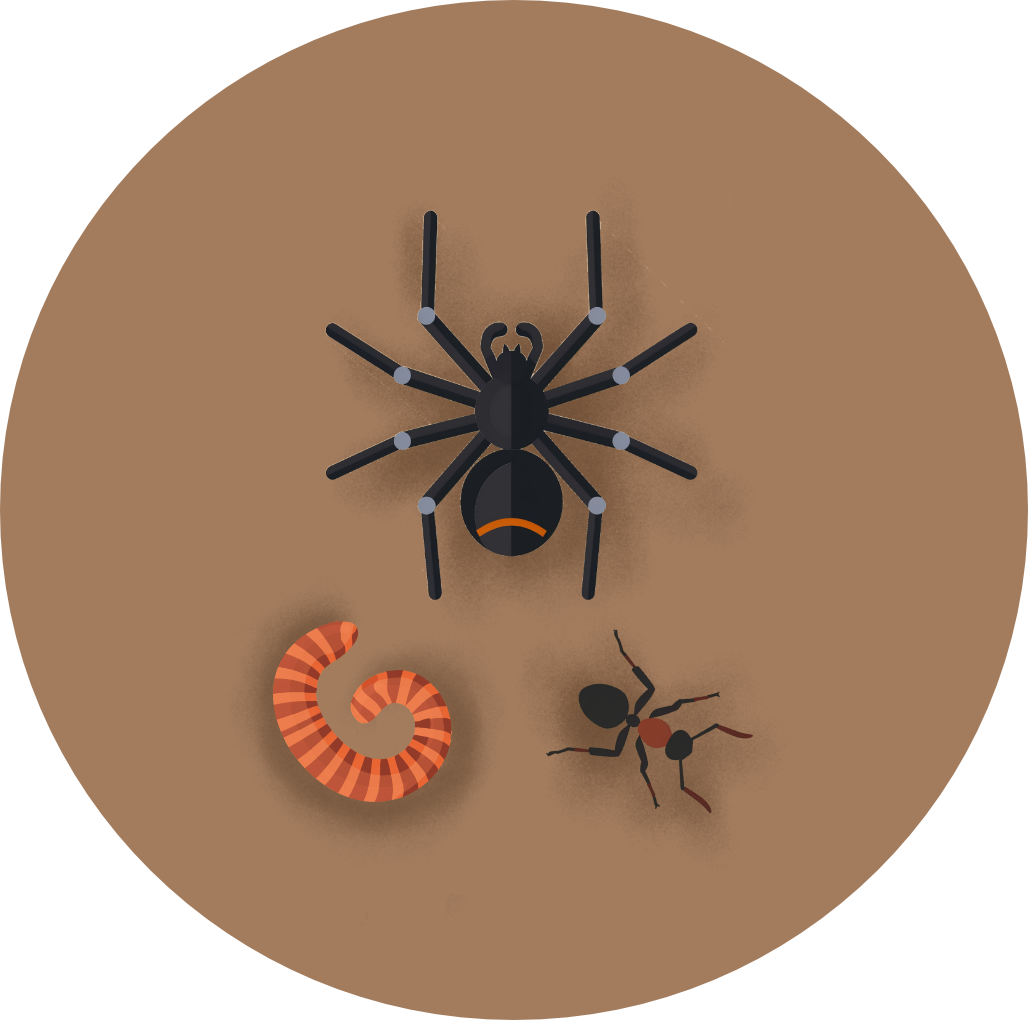

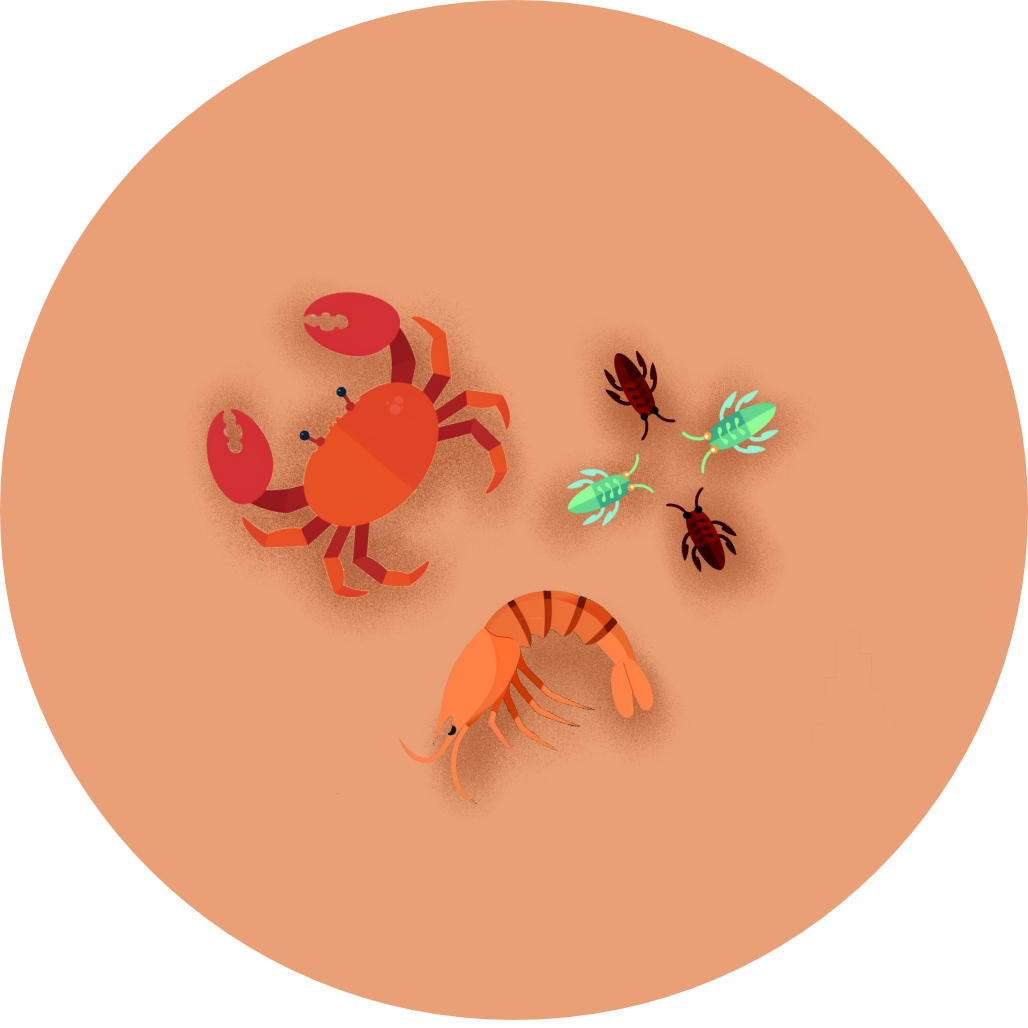
Coming Soon!
Top birding locations will be available in a future update.